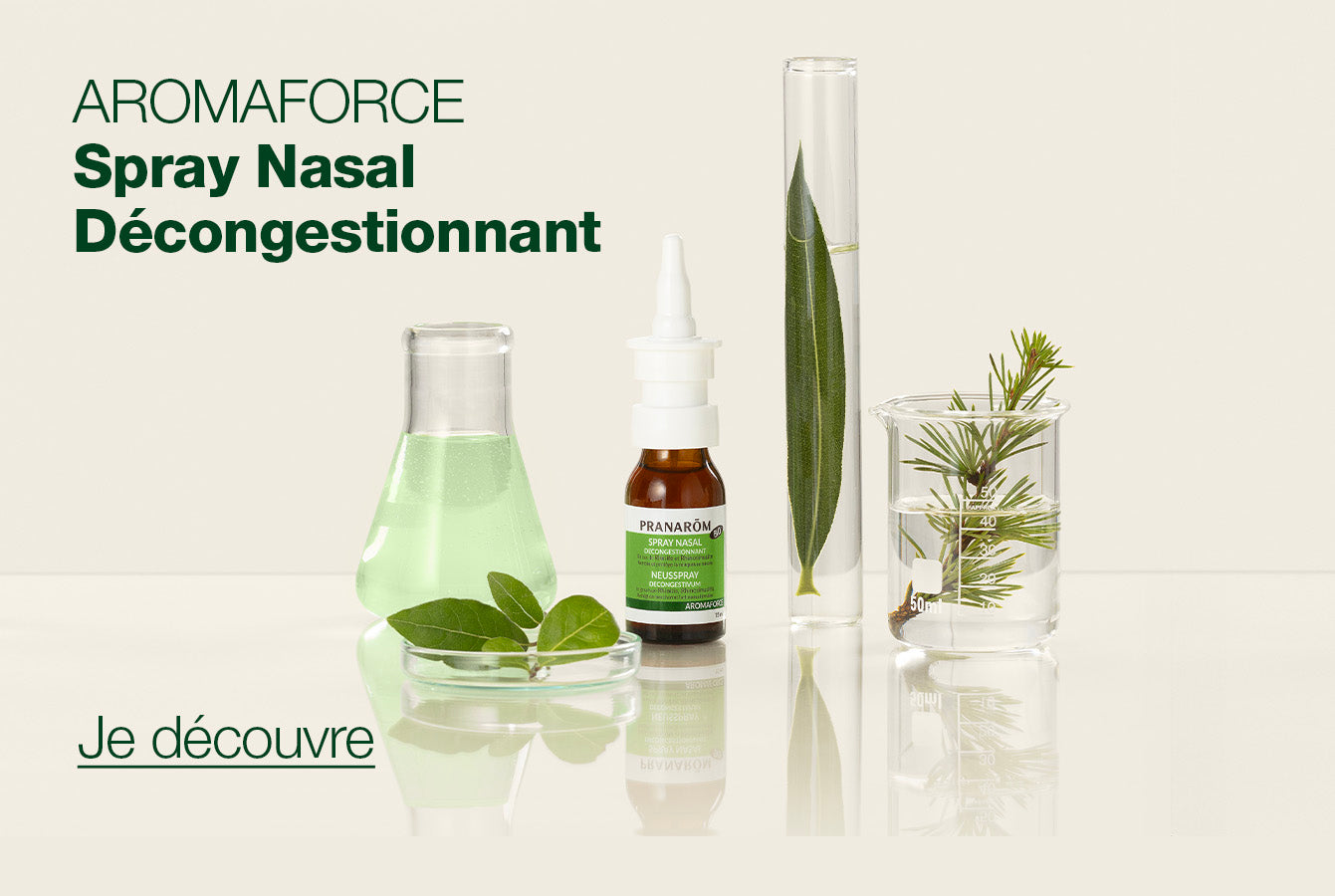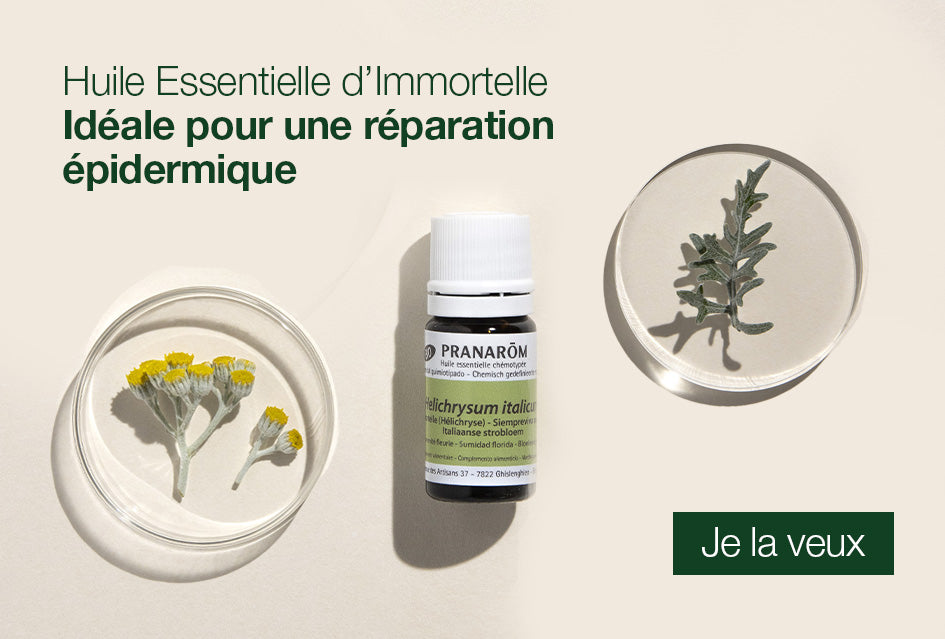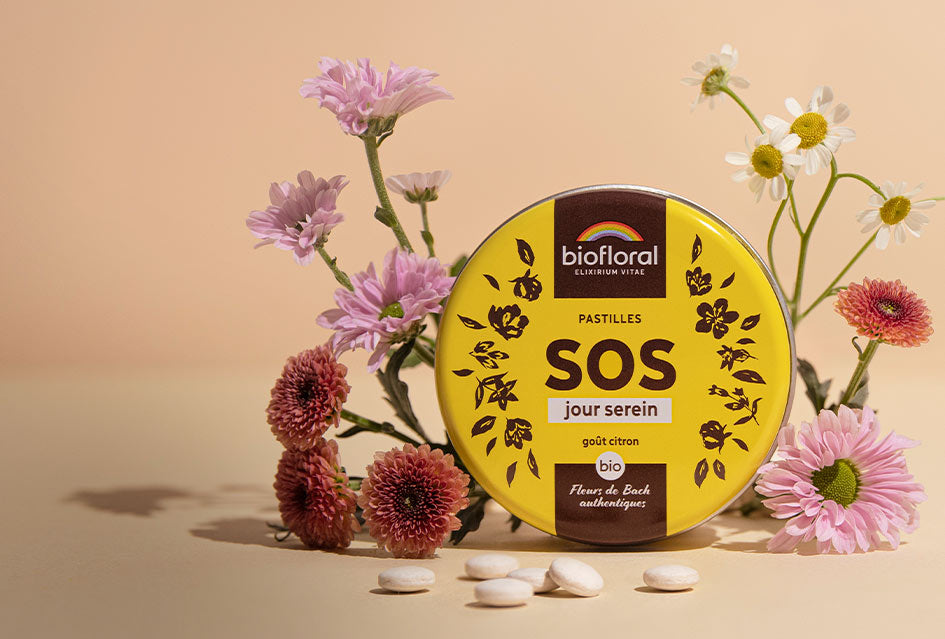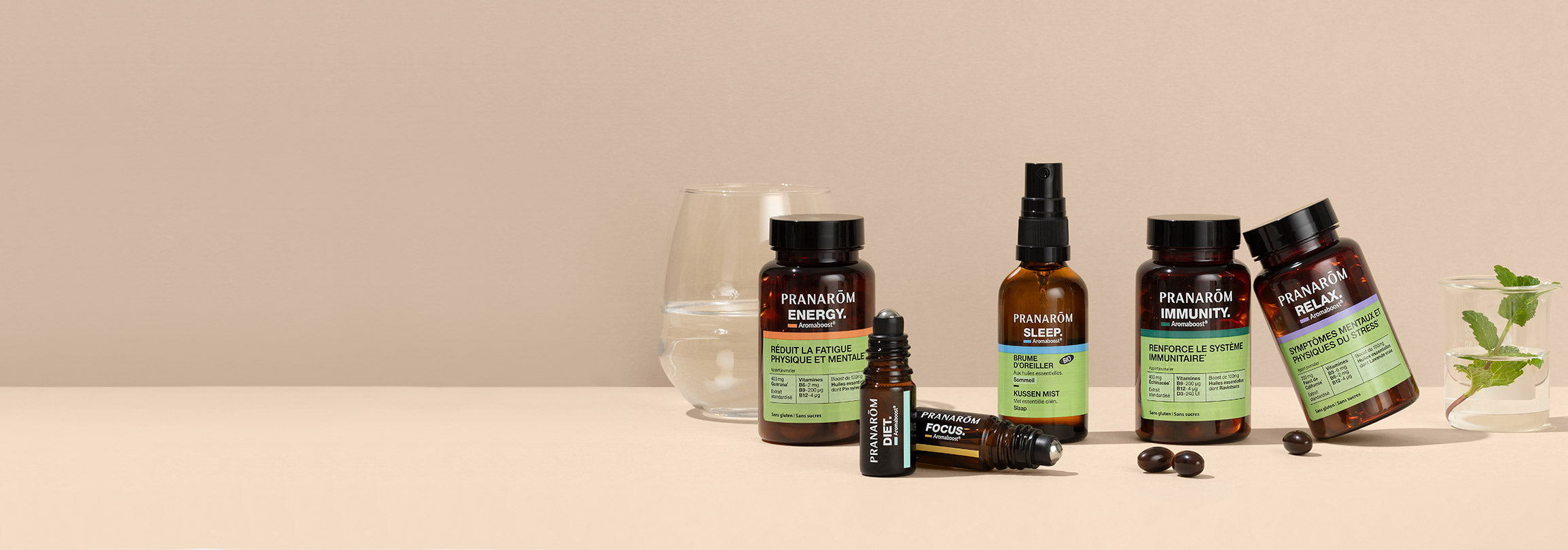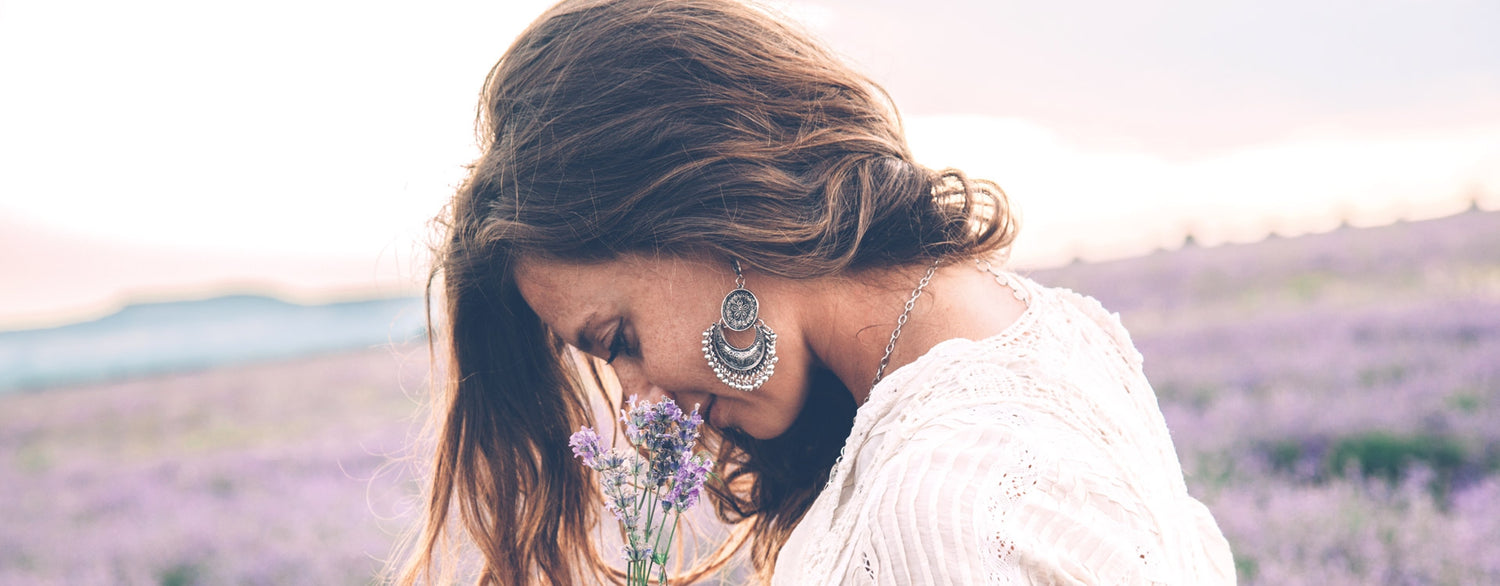Olfaction is a growing science and many studies are showing great promise. Smell is the only sense that can so accurately reproduce a memory or emotion felt years ago. Discover in this article the benefits of olfactotherapy.
What is olfaction?
In our civilization where the acceleration of technologies peaks at the highest level, it is less and less obvious to escape pressure coming from all sides. The race for time, leisure and money disturbs the serenity of every mind in search of balance and harmony. To allow you to let go of all this psycho-emotional pollution, there is an effective way! The nose, olfaction, and the fragrances of quality essential oils offer infinite possibilities for acting deep within our cerebral structures. You can't stop breathing, nor can you resist smelling and feeling these everyday scents. The essential oils that you breathe will act on all levels of your being.
More precisely, Jellinek (1994) defines olfactotherapy as “ the study of the relationships between psychology and fragrance technology used to induce various specific feelings and emotions (relaxation, sensuality, happiness, well-being) through 'odors and thanks to the stimulation of the olfactory pathways and particularly the limbic system '.
Olfactotherapy techniques
There are four different olfactotherapy techniques but which are identical in results. To find out more, do not hesitate to consult our article : “How to take essential oils? The different galenics. »

Why work with essential oils?
Just like individuals, each plant has its own color and vibration that makes it unique. They are guides to sources of well-being that balance us.
The smell of an essential oil is therefore particularly interesting for touching the unconscious with accuracy, delicacy and precision.
Because even if certain aromatic molecules can sometimes be chemically reproduced by creating a similar smell, they will not have the same effects on the brain and emotions.
How to choose your essential oil?
The science of olfaction is evolving. However, many virtues of essential oils are already being highlighted. According to a study, vanilla, for example, is used in certain neonatology departments such as that of Haute-Pierre, near Strasbourg. The diffusion of this fragrance in the incubator of infants born after 24 to 26 weeks of pregnancy brings us stunning answers of major interest. This diffusion makes it possible to reduce the most severe central apneas, those leading to the death of the baby, by more than 50%. Thus, vanilla, a real olfactory comforter, provides such psycho-emotional comfort that all vital functions harmonize.
That said, not all essential oils are suitable for diffusion. Some are too rare or too valuable for this job. Others could be caustic if released in their pure form. Still others are not suitable for all types of people. Here are some examples of essential oils that can be irritating to the mucous membranes: Oregano, Mountain Savory, Common Thyme, Wintergreen, etc.
If you are diffusing essential oils that can be diffused in the presence of babies and pregnant women, be sure to respect the proportion and diffuse for 15 minutes per hour maximum.
We invite you to consult the list of the most common essential oils and their specific conditions of use. Practical guide to aromatherapy: Diffusion – D. Baudoux
Our broadcasters
The diffusion of essential oils can be done in two effective ways to preserve the properties of essential oils.
Dry diffusion
- Dry diffusers : this is a water-free process which allows you to adjust the diffusion according to your needs. The principle: an air pump diffuses air on the surface of a Venturi tube filled by capillary action.
- Its advantages: the dry diffuser allows a high flow rate and a good concentration of aromatic active ingredients in the atmosphere. The smell will be stronger and come faster than with an ultrasonic diffuser, which can be interesting if you want to work on olfaction. On the other hand, the molecular concentration in the room will be the same. It is easy to use and maintain but does not humidify the air.
Ultrasonic diffusion
- The ultrasonic diffuser: these are the silent ultrasonic waves which generate a cold aromatic mist (Jazz diffusers, cube, etc.)
- Its advantages: This process allows the room to be somewhat humidified in addition to diffusing the fragrances of essential oils.
Tips: the essentials in olfactotherapy
Grapefruit essential oil
The delicate and bitter fragrance of Grapefruit essential oil saturates the olfactory neuroreceptors, providing an effect of satiety . Breathing deeply its scent when you have sweet cravings can help reduce your addiction. This oil is also interesting for promoting concentration and cognition among seniors.
Against sweet cravings
Lemon verbena essential oil
Lemon Verbena has a social vocation because it brings together individuals in search of emotional expressions. To accompany moral suffering, disappointments, frustrations, she releases through words the pain that is too heavy to bear.
For a more comfortable daily life in relationships with others
Noble or Roman chamomile essential oil
Noble Chamomile does not like tensions or blockages of any kind. It unravels, liberates, calms and releases the most important tensions . It offers letting go in all circumstances. The big problem becomes a small problem thanks to its ability to put things into perspective.
To de-dramatize any situation perceived as dramatic
Other essential oils are known to bring enthusiasm and inspiration, which can be motivating in the context of Yoga for example. We then think of Lime essential oil, Mandarin, Petitgrain bigarade, etc. Radiated Eucalyptus, for example, can also be adapted to a diffusion session and will promote the breathing process. Finally, to promote anchoring to the earth, we think, for example, of diffusing Patchouli or even cedar essential oil.


